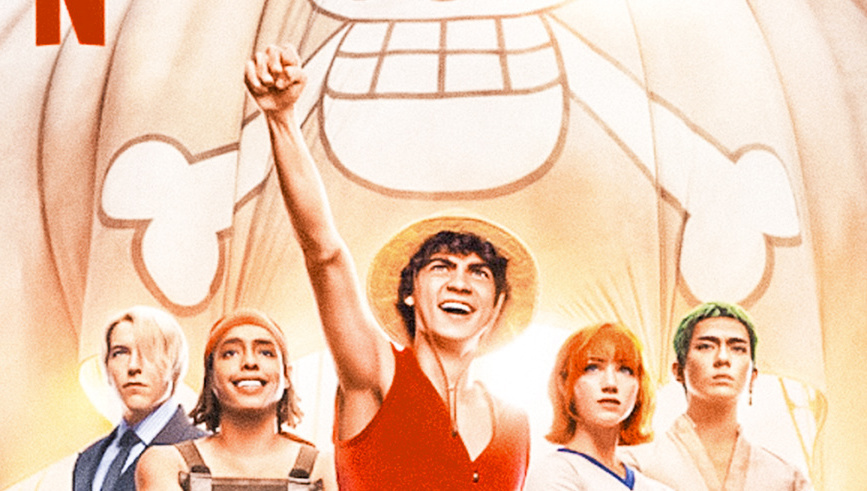Steven Maeda on the challenges of producing
a live-action version of a long-running popular manga series.
By Gil Asakawa, P.C. Contributor
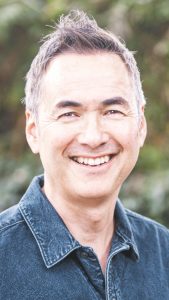
“One Piece” showrunner Steven Maeda (Photo: Courtesy of Netflix)
No pressure: Steven Maeda was asked four years ago if he could help produce a live-action version of “One Piece,” a popular Japanese manga that had already been adapted into a popular anime. Except, “popular” doesn’t begin to describe the cultural and commercial impact of “One Piece.” The manga, which debuted in 1996, has more than 1,100 chapters in its narrative arc, while the anime, which began its run in 1999, also has more than 1,100 episodes. There have been volumes of manga and 15 movie-length anime.
What’s the big deal? On the surface, the series’ popularity seems outsized. “One Piece” is a story about a ragtag crew of young pirates who travel a fantasy world that isn’t set in the future or the past, or even in Japan, sailing from place to place to find adventures while searching for a treasure called the “One Piece.”
The plot sounds simple, but the story lines get ridiculously complex and colorful, populated by all manner of characters, among them fishmen who are like humans with fishy features and powers to manipulate water; scary evil monsters; and a clown bad guy who can pull apart his body parts and ends up as a disembodied talking head during much of the series’ first season — he’s the comic relief, though there’s lots of humor throughout the show.
And, “One Piece” has attracted a huge fan base that is crazy loyal.
So, when Steven Maeda was called for this project, he knew what was at stake. Fans of Japanese manga and anime are so loyal that they can sink a live-action adaptation if they don’t feel it treats the original content with respect or lives up to their expectations. Just to name a few, “Cowboy Bebop,” “Ghost in the Shell,” “Full Metal Alchemist” and, in a twist, the American-made animation “The Last Airbender,” which was made into a failed 2010 movie, were all trounced by fans and critics.
But the L.A.-based Sansei Maeda, 61, was up to the challenge. His impressive résumé as a producer and writer included a string of notable TV shows ranging from “Pan Am” and “Lie To Me” to “Lost,” “CSI: Miami” and “The X-Files.”
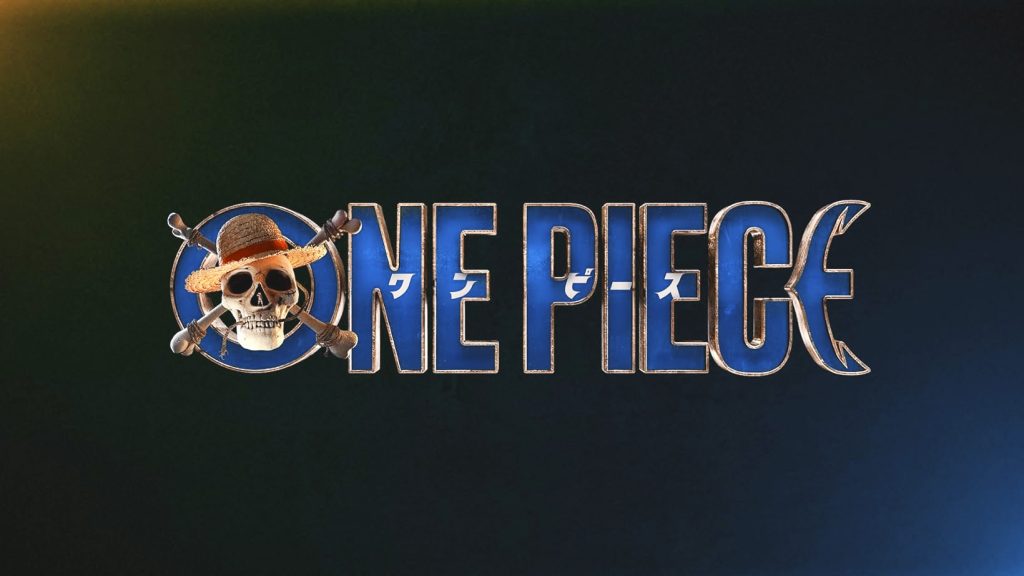 He wasn’t familiar with “One Piece,” though, so he dug into the source material and began reading the manga.
He wasn’t familiar with “One Piece,” though, so he dug into the source material and began reading the manga.
“I did a really quick read of the first 100 chapters. There are over 1,000 more to get through them all, but I really fell in love with it,” he said. “It was such a unique world. And you know, it’s a pirate show, but it’s not your typical pirate show. It’s about so much else — dreams and trust and loyalty and friendship. And overcoming a tough past as well. So, there was a lot of stuff to like about it.”
Maeda liked it enough to stick with the project for four years. He signed on as one of the showrunners alongside Matt Owens and served as creator, executive producer and scriptwriter for the first season of the series, which dropped on Netflix in October 2023. This April, Maeda and Owens were honored with the “Best Children’s Episodic, Long Form and Specials” award for the series’ premiere episode, “Romance Dawn,” from the Writers Guild of America, Hollywood’s top screenwriting nod.
“The one that we got was just for the pilot episode. Just for a single episode, which was lovely,” Maeda said. “It was quite an honor to receive it. I was totally surprised — I didn’t even know we got nominated.”
Maeda says “One Piece” isn’t exactly a “children’s show” because the manga and anime have a diverse, worldwide audience. But he’s proud that the series can be enjoyed by the whole family. “It’s not a very saccharin kind of show,” he said. “It’s definitely about good things and about hope and optimism, but also there’s some real darkness to it.”
He’s proud not only of completing the show’s first season and creating the world of the story, but also casting a diverse crew, which includes martial arts actor Mackenyu, who is the son of classic samurai film actor Sonny Chiba, as swordsman Roronoa Zoro, and the star of the series, Iñaki Godoy, a Mexican actor who plays Monkey D. Luffy, the irrepressible young man whose goal is to become “King of the Pirates.”
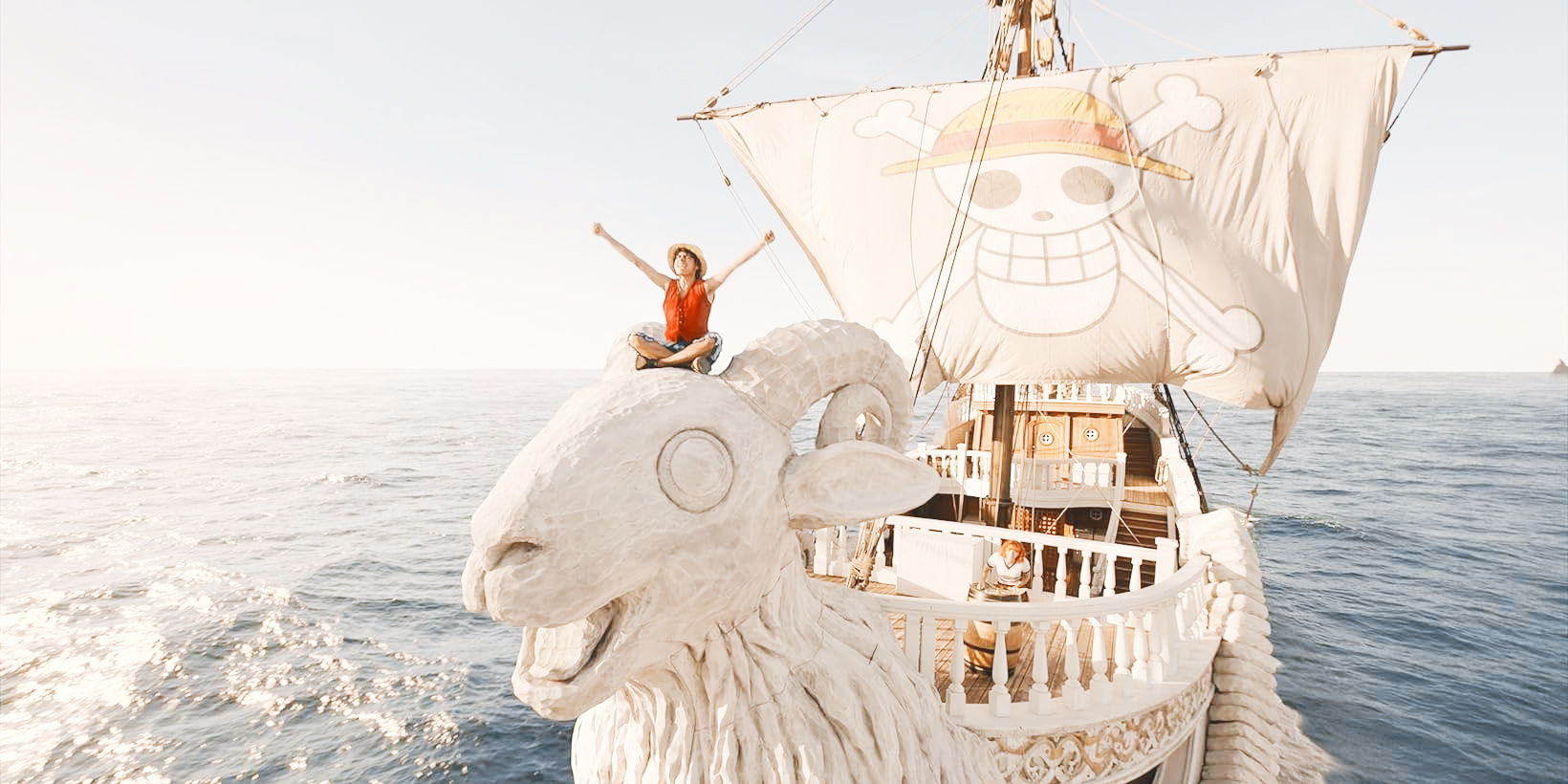
“One Piece” centers around an explorer named Luffy, who sails the ocean with his crew in search of a legendary treasure. (Photo: Courtesy of Netflix)
That diversity was mandated by the manga because Eiichiro Oda created the characters as a diverse team. “He was very specific about it. He said, Luffy is Brazilian. Zoro is Japanese. I think Sanjay is French, Nami is American,” said Maeda. “And he had like these countries kind of picked out for everybody. And so we took that and went, OK, you know what, we may not be able to exactly match that. But let’s let that be our guidepost. Yeah. And we really want to have an international show. We want a diverse cast.”
The cast was also dictated by budget and the fact that the series was shot in Capetown, South Africa. “One Piece” was already an expensive production because of the amount of state-of-the-art computer graphics used and the emphasis on real sets whenever possible instead of obvious, low-quality green-screen special effects.
And, the travel and housing for the cast and crew in South Africa made it a priority to hire there. Luckily, Maeda says there was a lot of talent there. But for the starring roles, Maeda sought out actors everywhere. It was crucial to find exactly the right person to play Luffy.
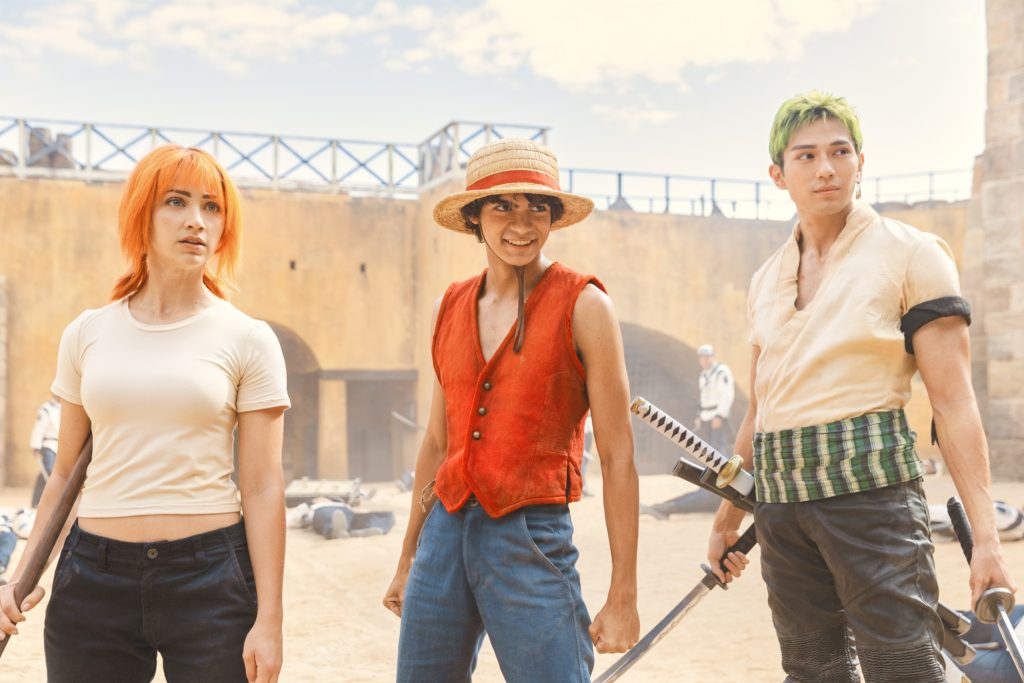
The live-action TV series on Netflix stars (from left) Emily Rudd, Iñaki Godoy and Mackenyu. (Photo: Courtesy of Netflix)
“We got so lucky finding Iñaki because we saw so many casting tapes, and it was very, very difficult to find somebody who really could be that optimistic and that sunny without being really annoying. A lot of people were like oh, my god, if I have to spend an episode with this guy, I’m going to kill him. And so it was important to find somebody who you really believed was optimistic and you know, a really selfless person. That was the key, finding Iñaki I think, because if we had cast that character wrong, no one would like the show.”
Iñaki was clearly the right choice for Luffy. In fact, “One Piece” was embraced by both the existing fan base for the manga and anime and new viewers who were able to catch onto the characters’ fantasy world.
The show shot to the top of Netflix’s worldwide list of English-language shows in its first week and set new records for views, beating out previous champs “Wednesday” and the fourth season of “Stranger Things.” Netflix green-lighted a second season in the second week of streaming.
But Maeda is stepping back a bit for Season 2. He’ll continue to be an executive producer, but he won’t be taking on day-to-day duties. He’s pursuing a “labor of love” with his wife, Tiffany Greshler, who was also a screenwriter on “One Piece,” a comic titled “Monstrous.”
“I’m very, very happy that it turned out the way it did. But four years is a long time, including a year that I spent in Cape Town, which is a wonderful city where we shot the show, but very far away and very hard to get home. So yeah, it’s time to let the show go fly and do its thing.”
Production on Season 2 is scheduled to begin this month and is expected to follow the Arabasta Saga.

